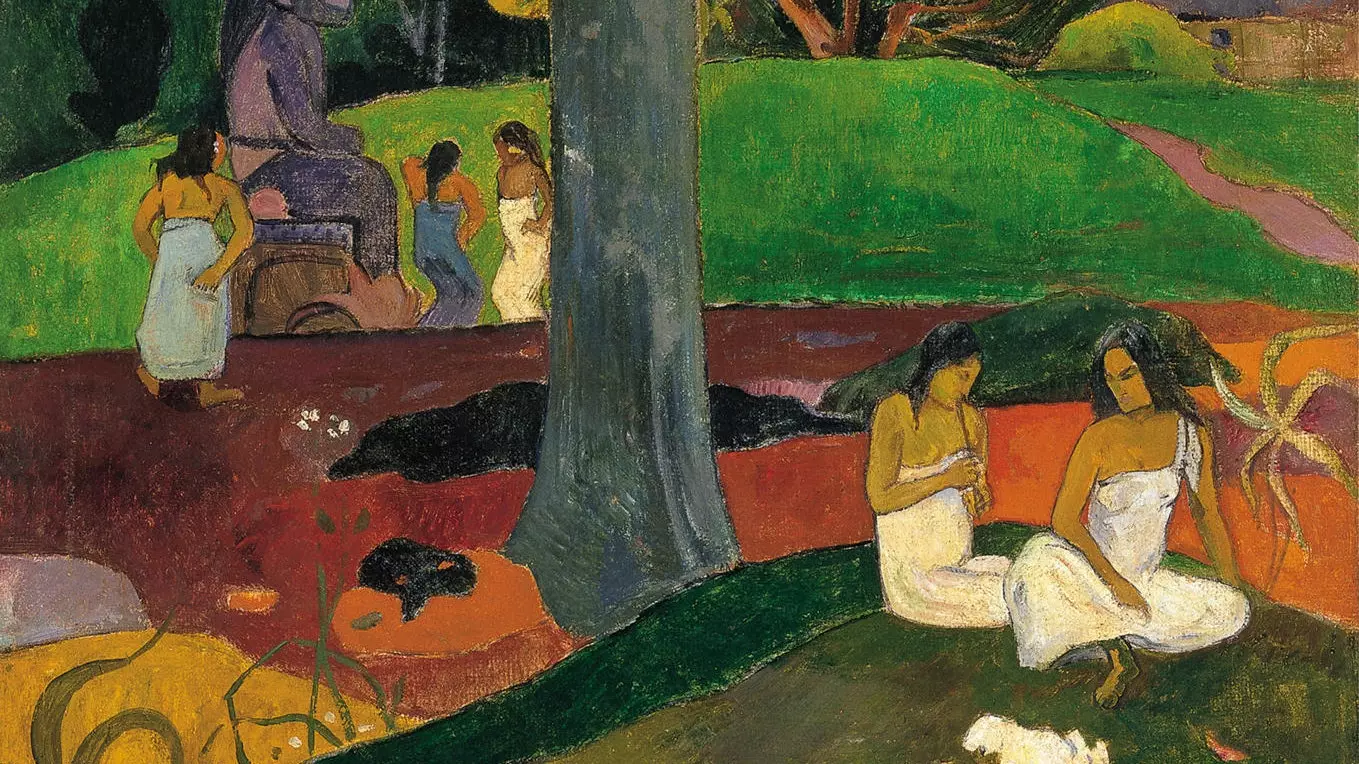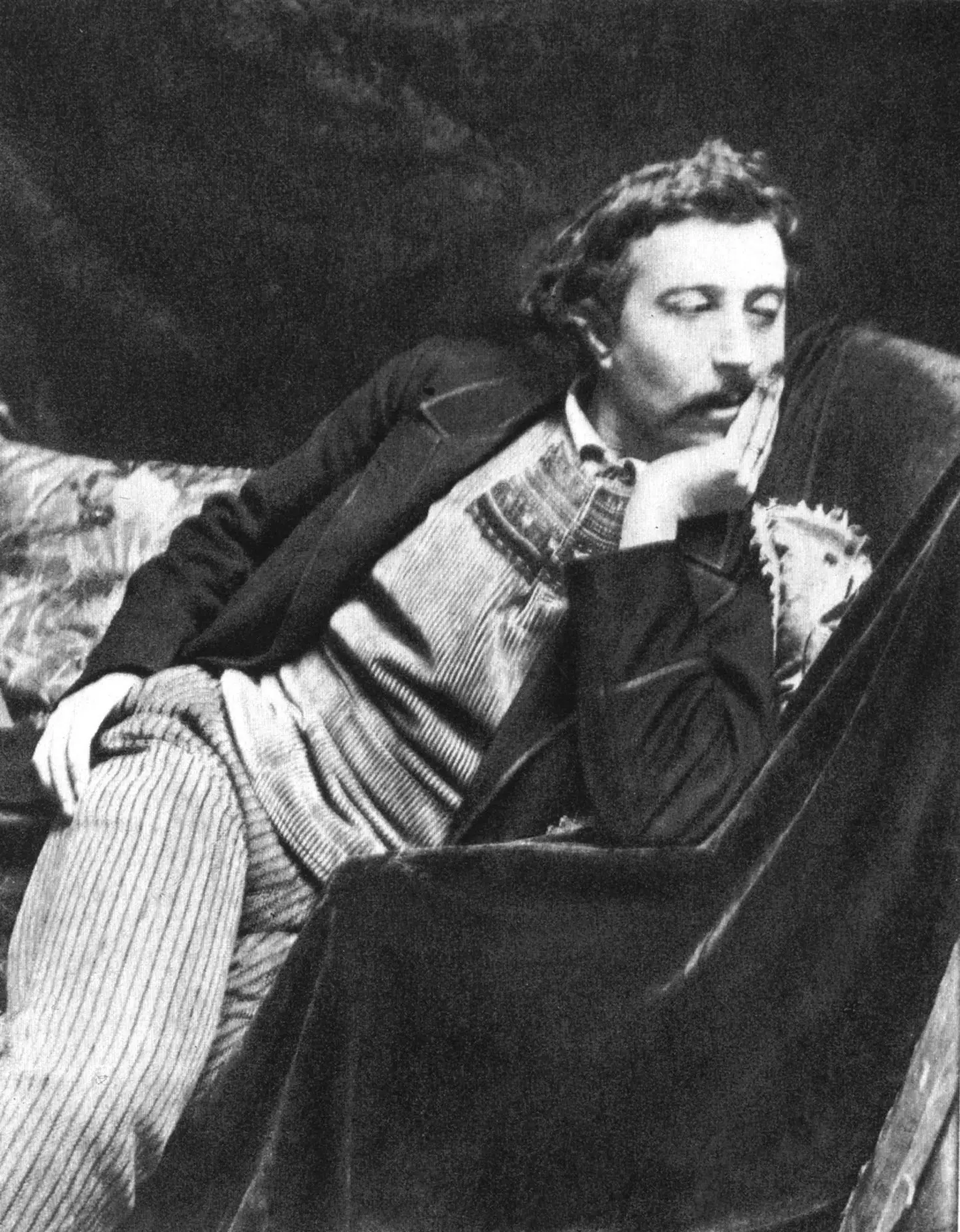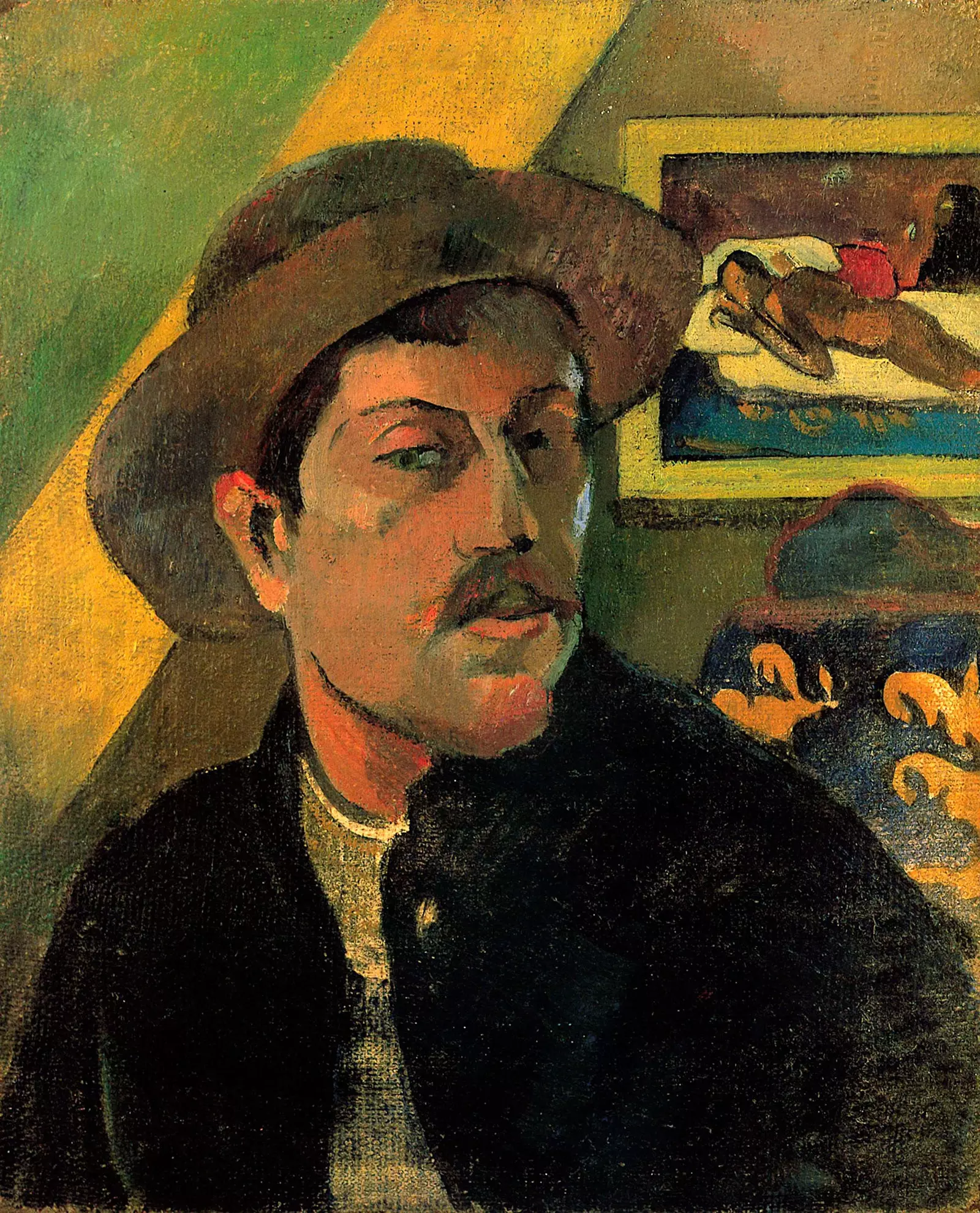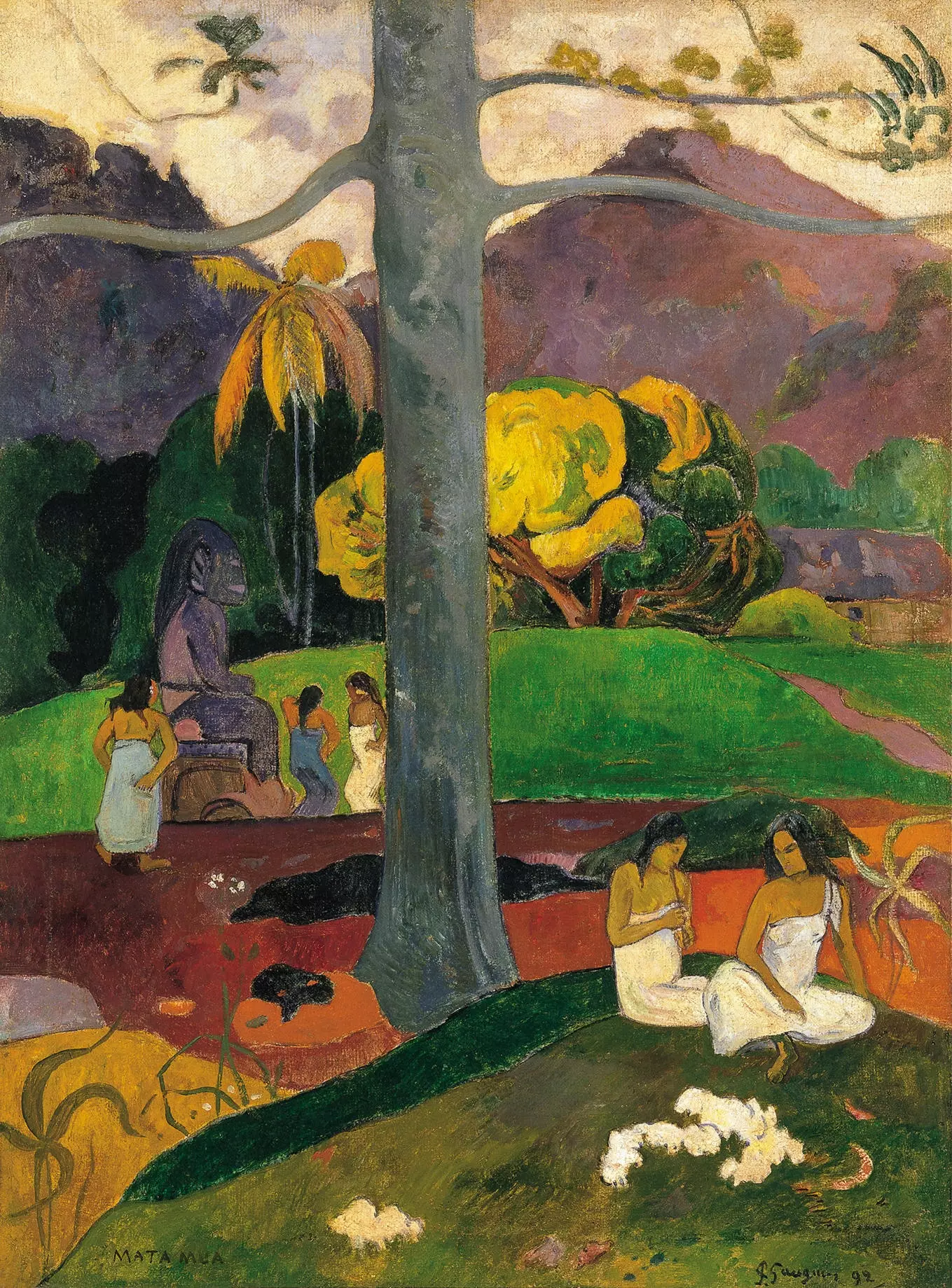
Journey to a painting: 'Mata Mua', by Paul Gauguin
In a valley surrounded by mountains, a group of women dances around a stone idol. The vegetation is exuberant. Two young men have abandoned the ritual and are talking under a tree. One of them braids her hair; another leans back and looks at the flowers, abstracted. The warm air, laden with humidity, drives away the sounds of the dance. The sun doesn't shine. A deaf silence is imposed on the rumor that hides the thickness.
Before leaving Europe, Paul Gauguin he had decided that he would find in Tahiti an eden free of “the rot of the West” . However, the island was not the Arcadia he expected. Subject to colonial administration and controlled by missionaries, it was far from a paradise. Few traces remained in 1891, when the painter arrived, of the primitive tahitian culture . The dances had been prohibited and the church had done away with the native rites.
But Gauguin, then forty-one years old, was not discouraged. He did not give up neither in the face of the chronic lack of money, nor in the face of the harassment of the disease . He set up his studio in Mataiea, a secluded spot on the island, in a palm-covered bamboo hut.

Paul Gauguin
A year after his arrival he painted 'Mata Mua' which, in Maori, translates as Once upon a time . The flat color technique, which he had developed in Brittany and Martinique, acquires a new meaning in this work: the search for a non-existent paradise.
Dreaming is built from color. The violet mountains rise under the clouds . Its tone identifies the elements that make up the spirit of the island: the dark earth and the Hina idol , the deity of the moon, who towers over vegetation.
The jungle is one more character , origin and guardian of the noa noa: the fragrance, which invades everything. As it approaches from the hillside, the green becomes luminous, soft. The two young women rest on the grass. His gesture is slow. They do not attend to the dance around the totem pole. The tree divides the scene , removes the rhythmic movements and the sound of the drums. The sensual and idealized forms of the two women personify ancestral values, communion with nature. White dresses and flowers mark, at rest, a point of clarity.

'Self-portrait with a hat'
Gauguin did not speak Maori and his knowledge of local religion and mythology was very meager. His vision of the island, personal and subjective , did not start from tradition, but from the fleeing from a society that he rejected . His painting was fable.
The painter returned to Paris in 1893 with the aim of raising funds, but after the moderate success of an exhibition at the Durand-Ruel gallery, sales stagnated. His creative impulse remained in Polynesia. He worked on wood engravings for the publication of his account of his travels under the title 'noah noah' , and went to parties dressed in the tahitian way . His eccentricity did not favor sympathy: he did not reach an agreement with the dealer Ambroise Vollard and the presence of an Oviri sculpture in the hall of the National Society of Fine Arts generated a violent conflict.
In 1895 a friend paid for a ticket to Tahiti. He settled in Papeete . In his absence, the reception of his work in Paris improved and the income stabilized his financial situation. He moved to a studio that allowed him to tackle large-format pieces. His work grew in complexity. Where we come from? About us? Where are we going? It is considered a symbolic testament.
The modernization of French Polynesia led him to seek a new Eden in the Marquesas Islands . There, expectations of him were met by a replica of Tahitian society. Once again, he set up a cabin and became involved in defending the local culture and the indigenous population.
He wrote: “I have fled from all that was artificial and conventional. Here I enter the truth. I am one with nature." He died in the belief of an imaginary paradise.
The work is exhibited in the rooms of the Carmen Thyssen collection at the Museo Nacional Thyssen-Bornemisza

Journey to a painting: 'Mata Mua', by Paul Gauguin
